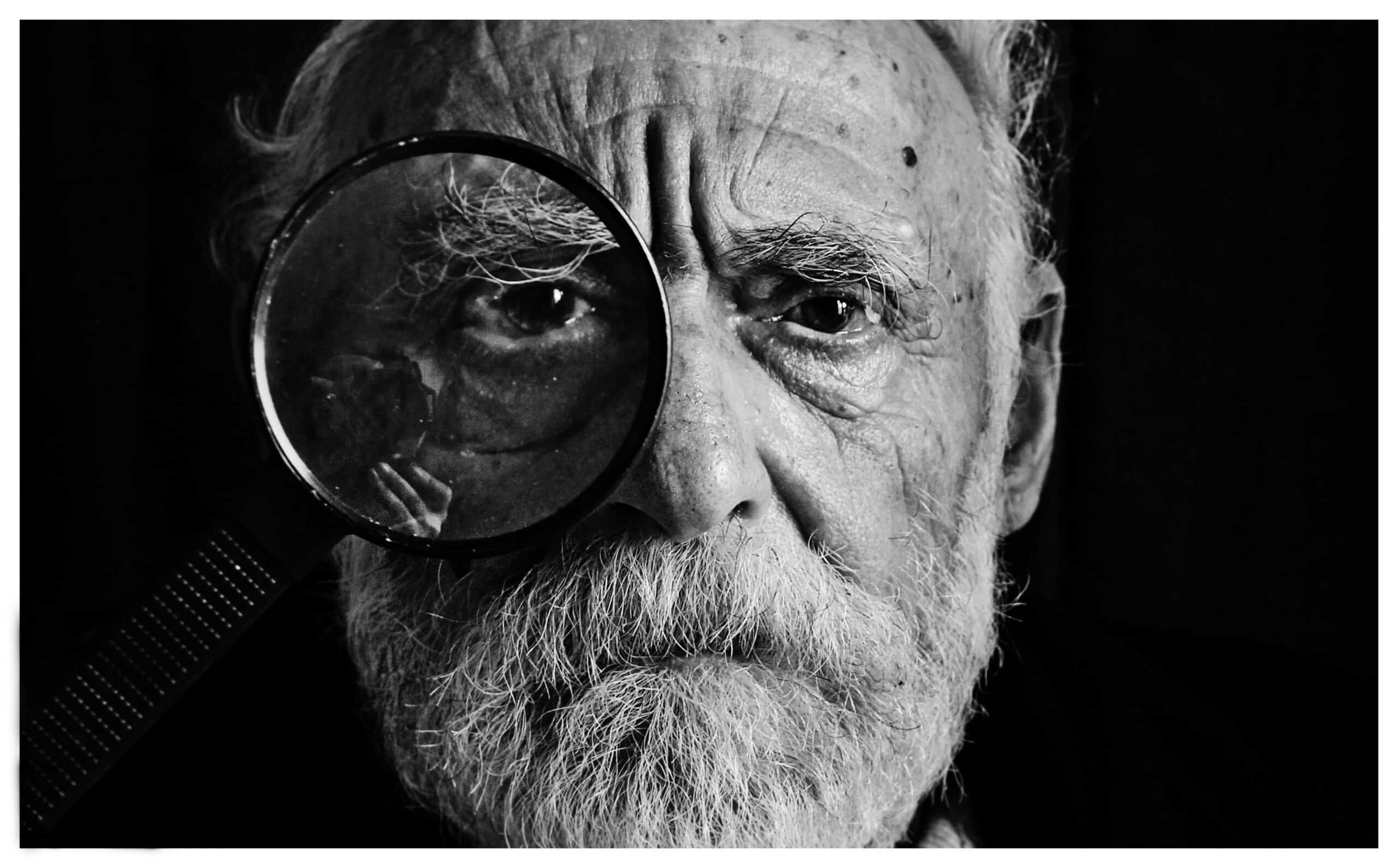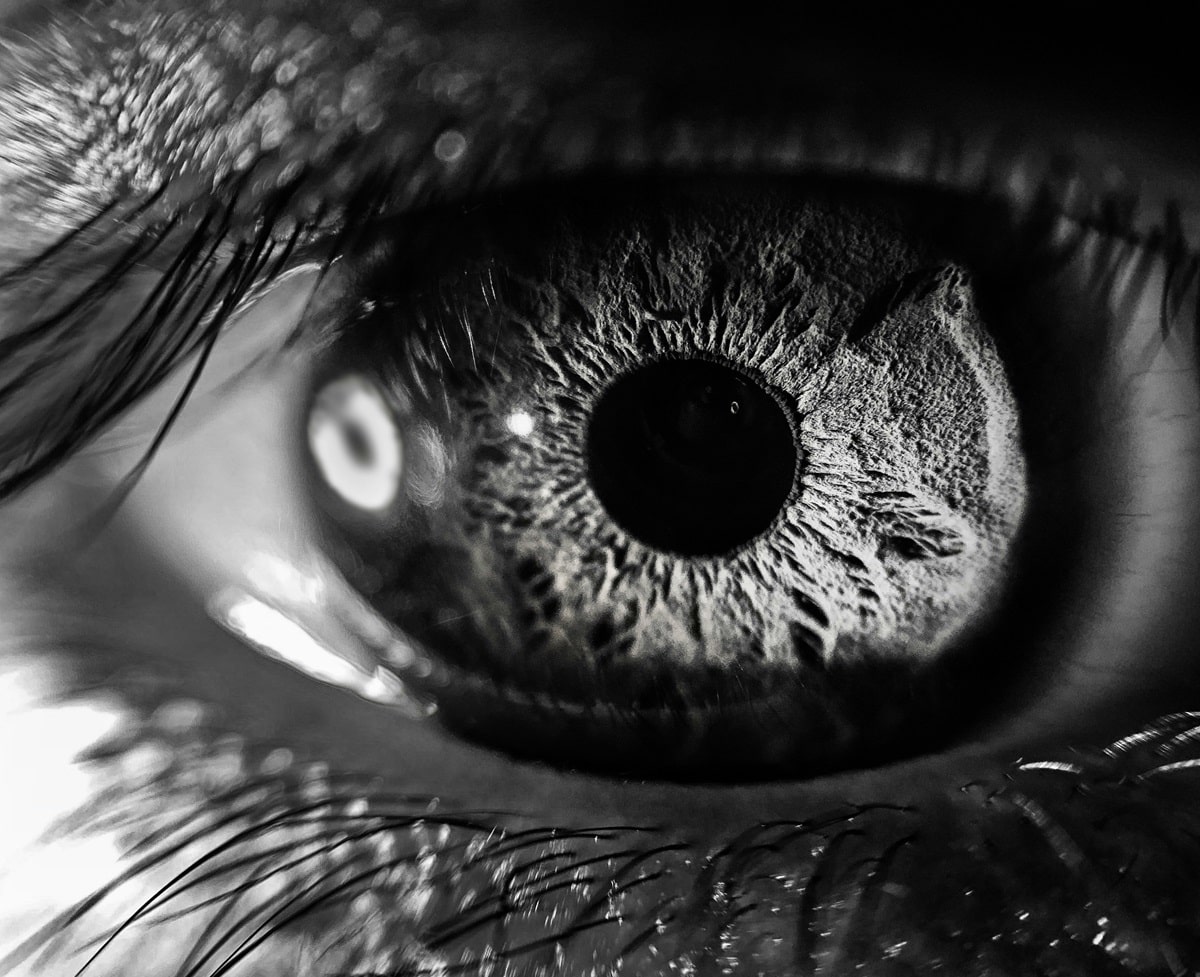As we age, it’s crucial to keep an eye (quite literally) on our health, especially if we’re managing chronic conditions like diabetes. One of the most important aspects of diabetic healthcare involves regular eye exams. Diabetic eye disease can lead to severe vision loss or blindness if not caught and treated early. But what exactly are diabetic eye exams like? This post will provide a thorough, clear explanation suited for those aged 50 and older, offering peace of mind and a better understanding of the process.
Why Diabetic Eye Exams Matter
Before we delve into what happens during the exam, it’s essential to understand why these exams are so vital. Diabetic eye disease encompasses several eye conditions that people with diabetes are at risk of, including:
- Diabetic Retinopathy: Damage to the blood vessels in the retina.
- Diabetic Macular Oedema (DMO): Swelling in an area of the retina called the macula.
- Cataracts: Clouding of the eye’s lens, which can develop earlier in people with diabetes.
- Glaucoma: A group of eye conditions that can damage the optic nerve, also more common in diabetic individuals.
Unchecked, these conditions can lead to significant vision impairment or blindness. Regular eye exams help catch these conditions early, when they are most treatable.
The Basics of a Diabetic Eye Exam
A standard diabetic eye exam typically involves several components. Let’s break it down step-by-step to make it easier to understand:
- Medical History Review: Your optometrist or ophthalmologist will start by reviewing your medical history. They’ll inquire about your diabetes management, any symptoms you might be experiencing, and your general health. This provides the context necessary to interpret eye examination results accurately.
- Visual Acuity Test: This familiar test involves reading letters on an eye chart. It measures how clear your vision is at various distances and helps to determine if glasses or contacts are needed.
- Pupil Dilation: To get a better view of the inside of your eyes, your optometrist will use special eye drops to dilate, or widen, your pupils. This process takes about 15-30 minutes. Although dilation can cause light sensitivity and blurred vision for a few hours, it’s a critical step in a diabetic eye exam.
- Tonometry: This test measures the pressure inside your eyes. Elevated intraocular pressure is a risk factor for glaucoma, which is more common in individuals with diabetes.
- Ophthalmoscopy/Retinal Examination: Once your pupils are dilated, the doctor will examine your retina using a special magnifying lens and a bright light. They’re looking for signs of diabetic retinopathy, such as abnormal blood vessels or swelling of the retina.
- Optical Coherence Tomography (OCT): In some cases, an advanced imaging test called OCT may be performed. This scan provides a detailed cross-section of your retina, helping to identify even minor changes.
Additional Tests
Depending on the initial findings, your eye care professional may recommend further tests:
- Fluorescein Angiography: This involves injecting a special dye into your arm. As the dye travels through your blood vessels, a camera takes photos of the retina. This test helps detect leaking or abnormal blood vessels.
- Visual Field Test: This evaluates your peripheral (side) vision. Loss of peripheral vision can be an early sign of glaucoma.
Preparing for Your Exam
Preparing for your diabetic eye exam involves a few simple steps:
- Bring Your Information: Ensure you have your current prescription medications, a list of any symptoms you’ve been experiencing, and your blood sugar levels.
- Arrange Transportation: Because dilation affects your vision for a few hours, plan for someone to drive you home after the appointment.
- Budget Time: The entire exam can take up to two hours, especially if additional tests are required.
What Happens After the Exam?
After the exam, your eye care provider will discuss the findings with you. If any issues are identified, they’ll outline the next steps, which could include more frequent monitoring, changes in diabetes management, or treatment options.
Final Thoughts
Diabetic eye exams are a crucial aspect of diabetes management. They help catch eye problems early, when they’re most treatable, and can prevent significant vision loss. Regular exams are a small investment of time that pays dividends in maintaining your eye health and overall quality of life. Understanding what to expect can make the process less intimidating. Diabetic eye exams are thorough but straightforward, designed to help preserve your vision and catch any problems before they become severe.



